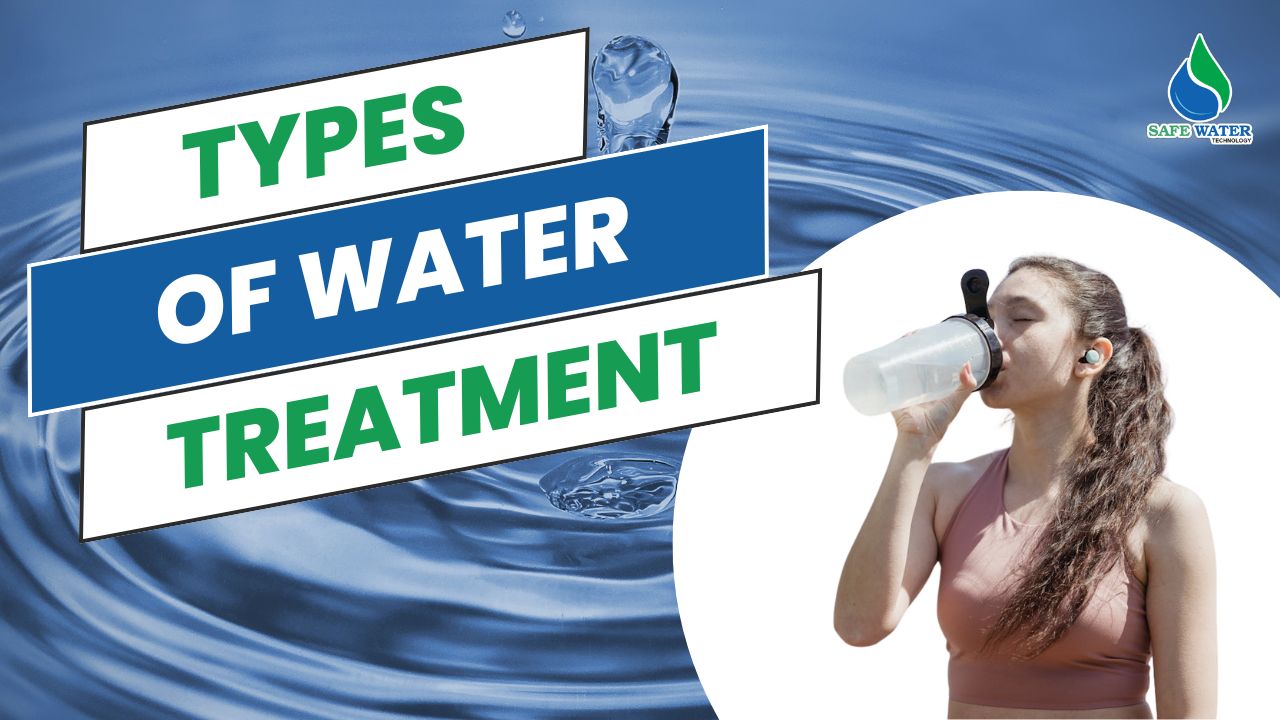Ensuring the healthiness of drinking water is critical to public health and well-being. Various water treatment methods can make water safe to consume by removing contaminants and impurities. This article will explore several effective water treatment processes that contribute to making water healthy.
1.Filtration
Filtration is one of the most common methods used to purify water. It involves passing water through a filter medium to remove particles, sediments, and impurities. There are different types of filters, including:
Activated Carbon Filters: These filters use activated carbon to absorb organic compounds, chlorine, and other chemicals that can affect water taste and odor.
Reverse Osmosis (RO): RO filters use a semi-permeable membrane to remove a wide range of contaminants, including dissolved salts, heavy metals, and microorganisms. This method is effective in producing high-purity water.
Ceramic Filters: These filters use ceramic materials with tiny pores to trap bacteria, protozoa, and other microorganisms, making water safer to drink.
Filtration can significantly improve the quality of water by removing particulate matter and some chemical contaminants. However, it may not be sufficient for all types of contaminants, especially those that are dissolved in water.
2.Disinfection
Disinfection is a crucial step in making water safe for consumption. It involves killing or inactivating harmful microorganisms, including bacteria, viruses, and parasites. Common disinfection methods include:
Chlorination: Adding chlorine or chlorine compounds to water destroys harmful microorganisms. Chlorine is widely used in municipal water systems due to its effectiveness and residual protection.
Ultraviolet (UV) Light: UV disinfection uses ultraviolet light to kill microorganisms by damaging their DNA, preventing them from reproducing and causing illness. UV treatment is effective against a broad spectrum of pathogens and leaves no chemical residues.
Ozone Treatment: Ozone (O3) is a powerful oxidizing agent that can disinfect water by breaking down contaminants and killing microorganisms. Ozone treatment is effective in removing organic and inorganic impurities.
Disinfection ensures that pathogens are removed from the water, but it is essential to combine this method with other treatments to address all potential contaminants.
3. Water Softening
Water softening is a treatment process used to remove hardness-causing minerals, primarily calcium and magnesium, from water. Hard water can lead to scale buildup in pipes and appliances, reduce the effectiveness of soaps and detergents, and affect the overall taste and quality of water.
– Ion Exchange: This is the most common method for softening water. It involves exchanging calcium and magnesium ions with sodium or potassium ions using a resin bed. The result is softer water that is less likely to cause scaling and other problems.
Water softening can improve the efficiency of water-using appliances and prolong their lifespan, but it does not address all potential contaminants. For comprehensive water treatment, it should be used in conjunction with other methods.
4.Distillation
Distillation involves boiling water to produce steam, which is then condensed back into liquid form. This process effectively removes most contaminants, including salts, heavy metals, and microorganisms, as they do not evaporate with the water. The main steps in distillation include:
Boiling: Heating water to its boiling point to turn it into steam.
Condensation: Collecting the steam and cooling it to form distilled water.
Distilled water is highly purified, but it may lack essential minerals that contribute to taste and nutritional value. Additionally, the distillation process can be energy-intensive.
5. Advanced Oxidation Processes (AOPs)
AOPs involve generating highly reactive species, such as hydroxyl radicals, to decompose organic contaminants in water. This method is particularly effective in treating complex pollutants, such as pharmaceuticals and industrial chemicals. Common AOPs include:
Ozone-Hydrogen Peroxide: Combining ozone with hydrogen peroxide generates hydroxyl radicals that can break down contaminants.
UV-Hydrogen Peroxide: Using UV light in conjunction with hydrogen peroxide produces hydroxyl radicals for advanced oxidation.
AOPs are advanced treatments used for specialized applications where conventional methods may not be sufficient.
Conclusion:
Ensuring the healthiness of drinking water involves selecting appropriate treatment methods based on the specific contaminants present. Filtration, disinfection, water softening, distillation, and advanced oxidation processes each play a role in improving water quality. Combining these methods can provide comprehensive treatment, addressing various types of contaminants and ensuring that water is safe and healthy for consumption. By employing a combination of these treatments, communities can effectively safeguard public health and provide access to clean, safe drinking water.
Do you have an questions, or would like to discuss anything regarding water filtration systems, please feel free to get in touch!
